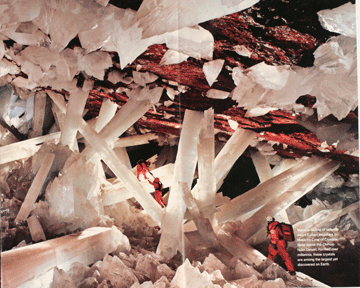Studio time, part deux: this time around, we were learning to work with the way light plays off metal and glass objects. I felt much more comfortable using the equipment (phew), and Daisuke was an enormous help with both setting everything up to get the right ‘look,’ and patiently moving around both the tiny mirror and the dark card to get the right shadows and highlights.
I started thinking about this assignment in very extravagant terms (I really wanted to get a saucepan, put two bananas in it, and then light them on fire using rubber cement (recreating the flambé part of making bananas foster), but I think I’ll save this for later), but in the end just brought a banjo into the studio. I borrowed my mom’s banjo a couple years ago, fully intending to learn to play it, but things like Senior Year of College got in the way, so the most I can actually do is name the strings and play the opening notes from “Dueling Banjos” (of Deliverance fame) . Still, I think it’s an underrated instrument with a great sound, and, best of all for this assignment, it has a surprising amount of metal parts.
The lighting setup for this was ridiculous, and I haven’t made the diagram yet, but here is a photo (taken by Daisuke) of the basic lineup:
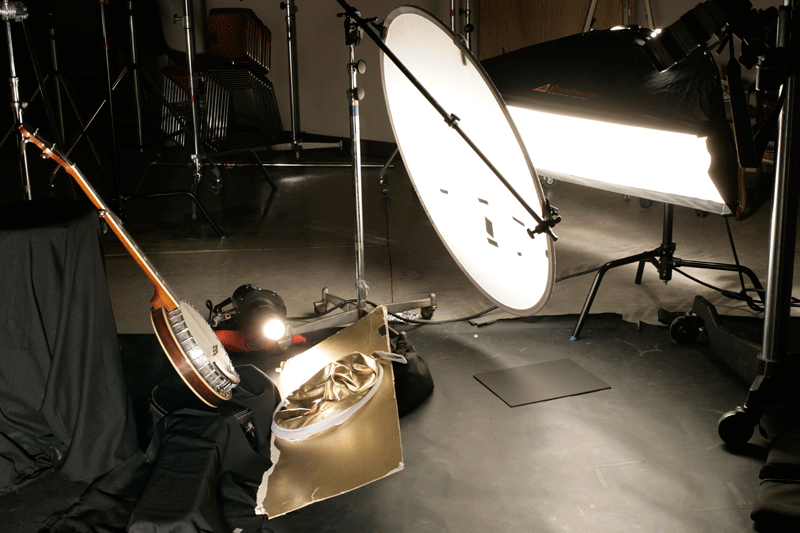
In addition to the crazy reflector setup at the bottom, Daisuke was sitting between the camera and the setup, holding a small mirror in one hand (to bring out the lower metal highlights even more), and a cut-to-size black card in the other (to darken the square metal tailpiece). It took forever to get the tailpiece to look right- we actually started out brightening it completely, but that looked strange and blown out, so we had to move on to the dark card option.
This is the first image:
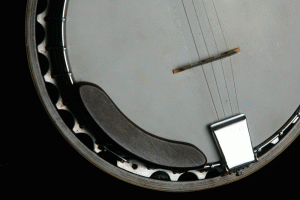
We tried a reflector to brighten the left side, but that wasn’t strong enough, so we added a whole ‘nother light, and set up the gold reflector underneath instead:
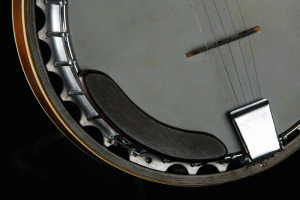
Which was all well and good (the wooden rim is so pretty!!), but the tailpiece looked out of place. We tried using a dark card, but it was too big, and darkened the entire instrument:
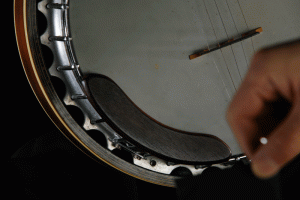

The final select was shot at f/9.0, ISO 100, shutter speed 1/125.
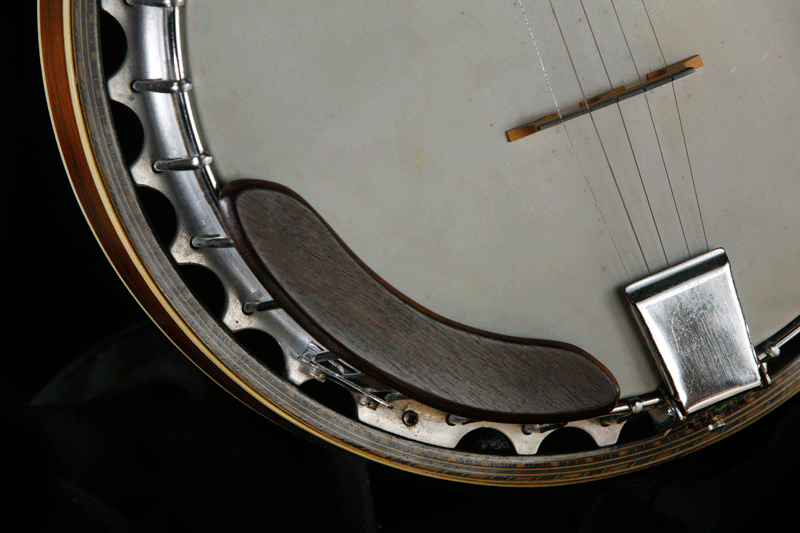
I wish it weren’t so reflective on the wooden rim (well, the left side, at least), and I think we could have cut an arc out of a dark card and made a gobo to fix this, but otherwise, I very much like how it turned out.
Fun fact: Steve Martin plays the banjo.
Some good banjo songs (outside of the bluegrass realm): “Take It Easy” (Eagles), “I’m Shipping Up To Boston” (Dropkick Murphys- it’s part of the soundtrack of The Departed), and “Unwell” (matchbox20- I don’t remember anything that came off their last album- except this song. Because it has a banjo). Also, there’s apparently a cover version of “Baba O’Reilly” that uses a banjo, and I really need to find this. Let me know if you do!
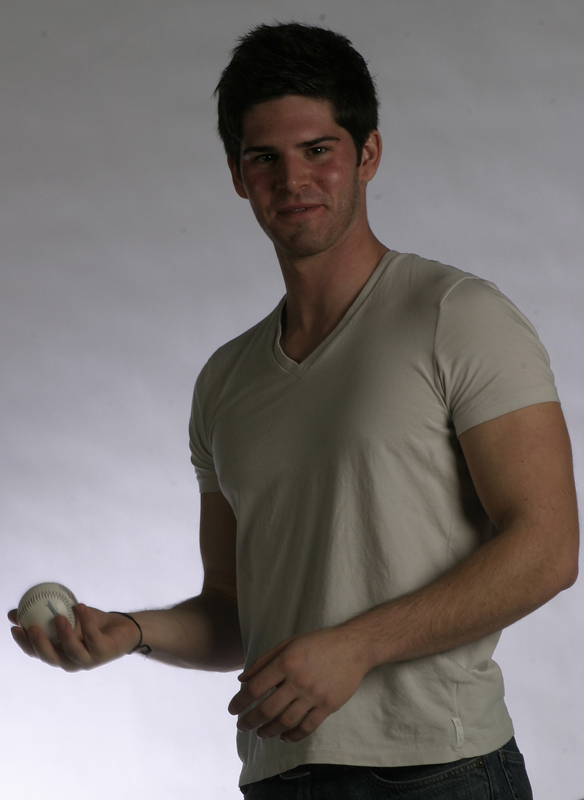 wayyyy better job of lighting Matt’s hair, and his face is a liiiiiittle too shadowed…I also think stopping up one or two would have made a huge difference, as I shot this at 1/45 of a second (sheesh…).
wayyyy better job of lighting Matt’s hair, and his face is a liiiiiittle too shadowed…I also think stopping up one or two would have made a huge difference, as I shot this at 1/45 of a second (sheesh…).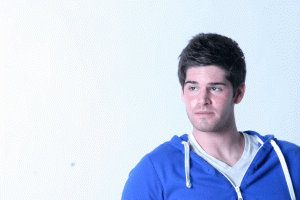





 For this week’s assignment, we had to find two images from a magazine (one in which the lighting contributed to the overall mood of the photo, and one in which we wanted to know how exactly the lighting was done) and photograph them using the copy stand. We also had to ‘finish the roll’ (in film terms) of images–the catch being we had to keep the white balance set to Tungsten.
For this week’s assignment, we had to find two images from a magazine (one in which the lighting contributed to the overall mood of the photo, and one in which we wanted to know how exactly the lighting was done) and photograph them using the copy stand. We also had to ‘finish the roll’ (in film terms) of images–the catch being we had to keep the white balance set to Tungsten.
 Photos (c) Carsten Peter; National Geographic, 11/2008
Photos (c) Carsten Peter; National Geographic, 11/2008